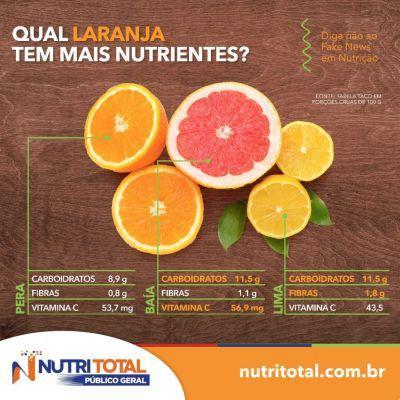
Oranges are the most popular citrus fruits, available from November until spring.
Nutritionists agree that they are excellent allies for the line: 100 g contains only 34 kcal e contain 80-90% water of their consistency.
Types of oranges
Oranges are divided into two groups:
> Pigmentate (tarocco, moro and sanguinello) ideal for juice;
> Blondes (naveline, ovale, valencia) excellent to eat.
Le oranges bitchy, excellent for those who want to lose weight, contain calcium, phosphorus, potassium, iron, selenium and many vitamins including, in addition to the aforementioned vitamin C, A, B1 and B2. They are an excellent source of citric acid which lowers acidity, improves digestive processes, reduces blood sugar and helps maintain active metabolism.
THEbitter orange, just thanks to its "bitter" taste, it is widely used in the food and pharmaceutical industries. The fruit it is used to prepare jams and candied fruit, while the peel is used to make liqueurs. The pharmaceutical industry uses the peel for the preparation of various digestives and tonics. The zest, on the other hand, it is used in the food supplement industry for the production of "thermogenics", used for weight loss.
Le red oranges they have a pleasant taste and excellent health properties.
Nutritional values of oranges per 100 g:
Properties of oranges
It is really possible to exploit everything from oranges, since each part of them has a beneficial effect on our health. From the juice of the oranges it is possible to obtain a real elysis of well-being: this in fact contains vitamins and sugars useful for purifying the kidneys, liver, intestines and skin.
If, on the other hand, they are eaten raw it is can be added to salads or fruit salads and in this case we will make the most of the drained and diuretic properties. But even the peel can be healthy, in fact it is an excellent ally for the intestine.
The white film is rich in fiber and it can be useful in regulating the absorption of sugars, fats and proteins, and also promotes intestinal transit.
Being rich in antioxidants, they help us to counteract cellular aging, increase the immune defenses against viruses and bacteria, prevent cardiovascular and colon disorders, hypertension, diabetes, gingivitis, obesity, migraines, headaches and rheumatism.
I Gargling with red orange juice is effective in treating gingivitis and stomatitis.
They also contain bioflavonoids, important for the restructuring of connective tissue collagen, therefore they strengthen bones and teeth, but also cartilage, tendons and ligaments and prevent capillary fragility and improve venous flow.
This is helpful to those suffering from cellulitis because, by improving blood circulation, the formation of blood stagnation is avoided. Blood oranges are very rich in anthocyanins able to counteract inflammatory states.
La Vitamin C promotes the absorption of iron and is therefore important in the treatment of anemia. Vitamin B, on the other hand, fights inappetence and promotes digestion, while carotenes, precursors of vitamin A, are useful for eye and skin health and in the prevention of infections.
Benefits of oranges
Two oranges are enough to reach the daily requirement of vitamin C because, as everyone knows, this fruit is rich in this vitamin, useful for strengthening the immune system and therefore to counteract seasonal ailments.
But it contains also vitamin A e B vitamins, (in particular Thiamine, Riboflavin and Niacin).
Among the mineral salts they contain are calcium, phosphorus, potassium, iron, selenium.
Read also Foods rich in vitamin C: what are they >>


























